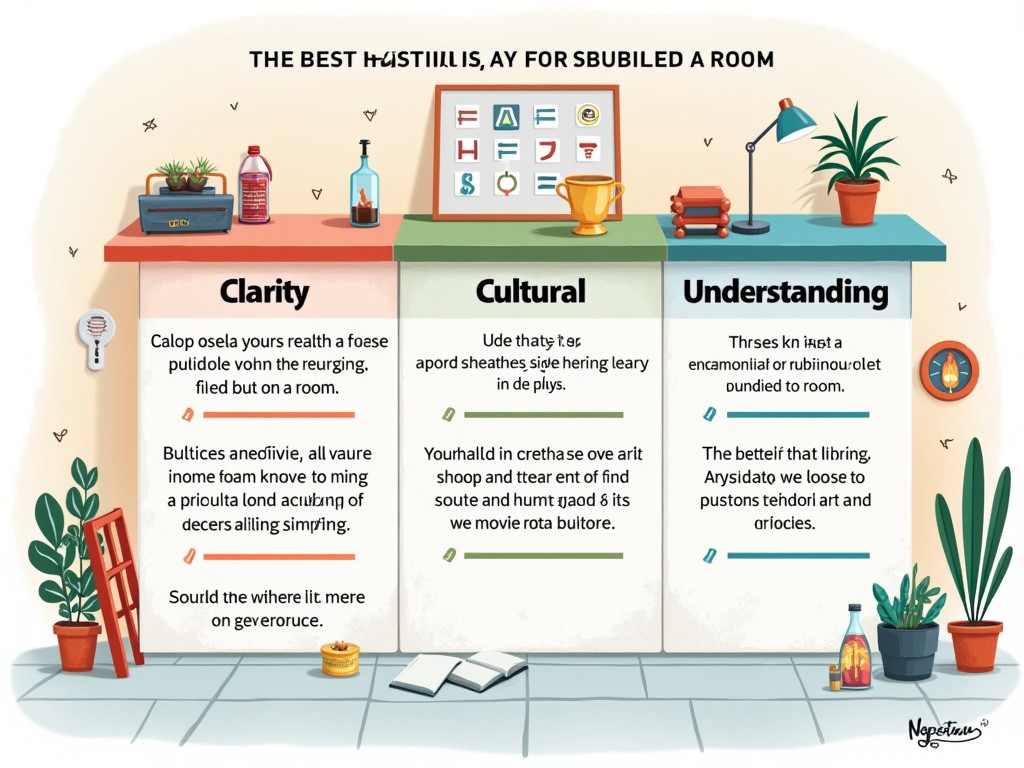Subtitling in multiple languages is a crucial skill in our globalized world, enhancing accessibility and expanding audiences. This article explores the best practices for creating effective subtitles, drawing on expert insights and real-world experiences.

Why Subtitling in Multiple Languages Matters
Subtitles allow content to transcend language barriers, making it accessible to a broader audience. When done well, they not only convey the message but also preserve the cultural nuances of the original language. This is especially significant in the age of global streaming services and international marketing campaigns.
Key Best Practices
- Understanding the Cultural Context
- Subtitles are more than just translations. They should capture cultural subtleties and context. For instance, idiomatic expressions often need localization rather than direct translation.
- Keep it Concise
- Subtitles should be concise and to the point. Consider that the viewer is reading while watching, so clarity is essential.
- Utilize Native Speakers
- Whenever possible, employ native speakers to review or create subtitles. Their insights into cultural nuances and language specifics can improve the accuracy and relatability of the subtitles.

Personal Insights from the Industry
From personal experience, one of the biggest challenges is ensuring that the subtitles maintain the intended tone of the dialogue. In my early projects, I collaborated with native language experts to better understand colloquialisms. This collaboration was vital in maintaining the humor and emotion intended by the filmmakers.
Tools and Technologies
Modern software provides robust tools for subtitling. Programs often include translation assistance, time-stamping, and format conversions, making the technical side of subtitling more manageable. However, technology cannot replace the human touch needed for cultural sensitivity.

Avoiding Common Pitfalls
- Overloading Text: Avoid the temptation to include everything being said. Prioritize essential information.
- Ignoring Synchronization: Ensure that subtitles sync with dialogue timing.
- Lack of Proofreading: Always review and proofread subtitles, preferably by multiple language experts.
Subtitling vs. Renting Out a Room
Interestingly, while subtitling and renting out a room might seem unrelated, they share best practices such as clarity and communication. In both situations, providing information that is concise and culturally aware is essential for success. For those subletting or renting out a room, clear communication can prevent misunderstandings, much like well-crafted subtitles enhance viewer understanding.

Final Thoughts
Subtitling in multiple languages is an art that requires a blend of technology and human sensitivity. By following best practices, you can create subtitles that resonate with diverse audiences and respect the original creation's cultural richness. Whether subletting a home or reaching a new audience through media, effective communication is key.